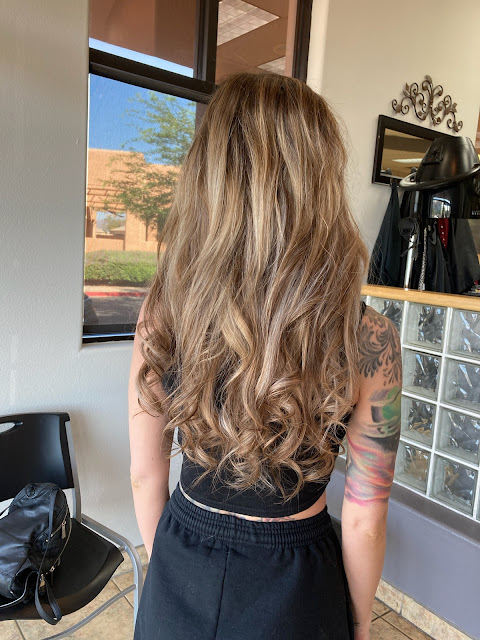Pros & Cons of I Tip Hair Extensions
Hair extensions have come a long way since Cleopatra's time. Archaeologists found evidence that Egyptians were using extensions made of real hair and sheep's wool, attaching them using resin and beeswax. The use of extensions continued throughout history. By the 1900s, "clip-in" extensions became popular because of their ease of use. In the 1980s, the innovative hairstylist, Simon Forbes, developed "monofibre" extensions attached using hot wax. That paved the way for U-tip extensions that are fused to your hair with heated keratin. Then along came I-tips, also referred to shoelace tips and cold fusion. As opposed to the U-tip extensions that require heat, I-tip extensions are attached using micro or Nano beads. Small strands of your hair are pulled through a small metal loop in the extension base and clipped together with the beads. Pros of I-Tips I-tips are work well for any hair type, but they're particularly beneficial for fine, thin hair. They are ve...

